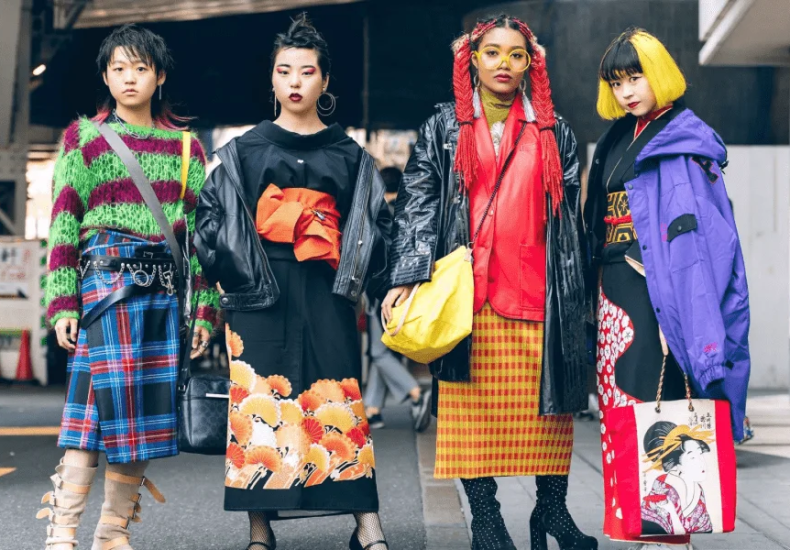
Global Fashion Culture: The Innovative Elegance of Japanese Style
Japan is a country where tradition and modernity intertwine seamlessly, and its fashion scene reflects this dynamic duality. From the timeless beauty of kimono to the cutting-edge designs of Tokyo’s avant-garde, Japanese style is a fascinating blend of heritage, innovation, and individuality.
The Influence of Tradition
Japanese fashion’s roots lie in its rich cultural heritage, particularly in the iconic kimono. This traditional garment, with its intricate patterns and flowing silhouette, embodies Japan’s dedication to craftsmanship and artistry. Even today, the kimono remains a symbol of elegance and ceremony, inspiring contemporary designers like Issey Miyake and Yohji Yamamoto to incorporate its essence into modern collections.
Tokyo: The Epicenter of Creativity
Tokyo is one of the world’s most vibrant fashion capitals, known for its eclectic street style and experimental designers. Districts like Harajuku and Shibuya are renowned for their bold, unconventional looks, where individuality reigns supreme. Subcultures such as Lolita, Gyaru, and Mori Kei have emerged from these areas, each telling a unique story through fashion.
Avant-Garde Innovation
Japanese designers have been at the forefront of avant-garde fashion for decades. Pioneers like Rei Kawakubo (Comme des Garçons) and Yohji Yamamoto have challenged conventional norms with their deconstructed silhouettes and conceptual designs. Their work blurs the line between art and fashion, earning Japan a reputation for innovation on the global stage.
Minimalism with a Twist
While Japan is famous for its bold street styles, it is equally known for its minimalist aesthetics. Influenced by concepts like wabi-sabi (the beauty of imperfection) and ma (the use of space), Japanese fashion often embraces simplicity with subtle details. Brands like Uniqlo and Muji exemplify this approach, offering clean, functional designs that prioritize comfort and quality.
Sustainability and Craftsmanship
Japanese fashion values quality over quantity, emphasizing durability and timelessness. Traditional dyeing techniques like shibori and indigo remain popular, while many brands focus on eco-friendly practices. Designers such as NIGO (Human Made) and Hiroshi Fujiwara integrate sustainability into their work, showcasing Japan’s commitment to responsible fashion.
Final Thoughts
Japanese fashion is a study in contrasts—traditional yet modern, minimalist yet bold, simple yet deeply intricate. It reflects the country’s cultural philosophy, where beauty is found in both the unexpected and the understated. Whether through a meticulously crafted kimono or an avant-garde ensemble from Tokyo’s runways, Japanese style continues to captivate the world, proving that fashion is as much about storytelling as it is about clothing.
You may also like
Calendar
| M | T | W | T | F | S | S |
|---|---|---|---|---|---|---|
| 1 | 2 | 3 | 4 | 5 | 6 | |
| 7 | 8 | 9 | 10 | 11 | 12 | 13 |
| 14 | 15 | 16 | 17 | 18 | 19 | 20 |
| 21 | 22 | 23 | 24 | 25 | 26 | 27 |
| 28 | 29 | 30 | ||||
Leave a Reply